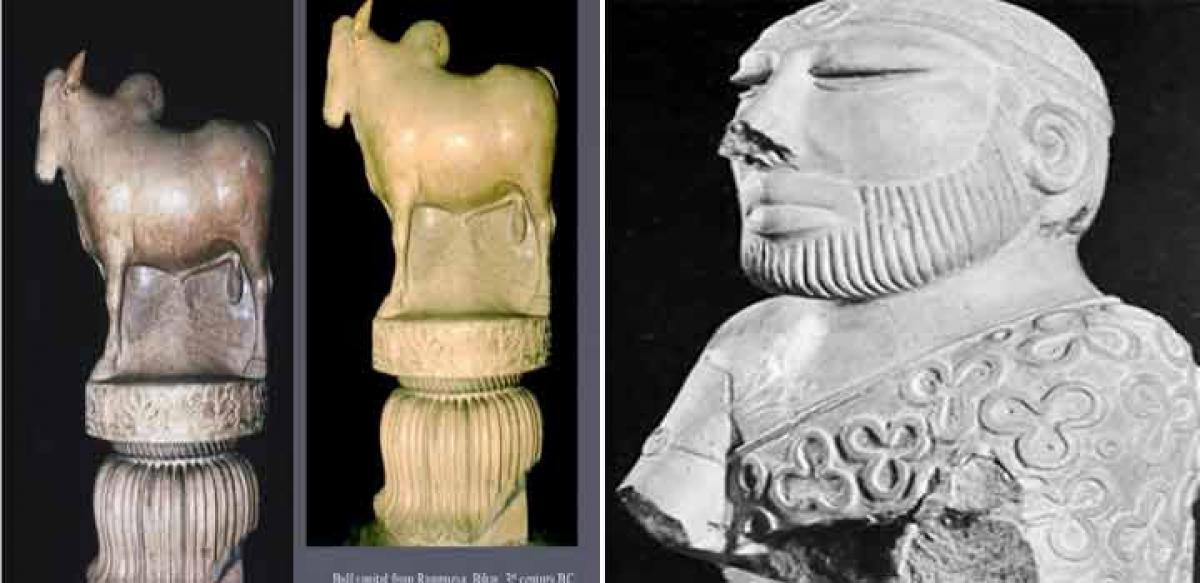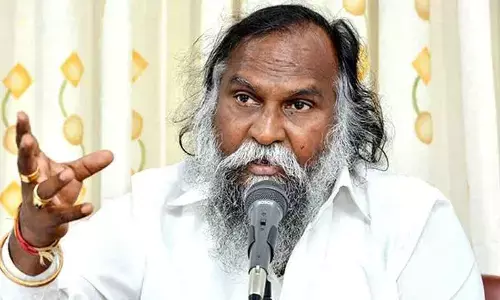Ancient Indian Architecture - Part I

Indian architecture, which has evolved through centuries, is the result of socio-economic and geographical conditions. Different types of Indian architectural styles include a mass of expressions over space and time, transformed by the forces of history considered unique to India.
Indian architecture, which has evolved through centuries, is the result of socio-economic and geographical conditions. Different types of Indian architectural styles include a mass of expressions over space and time, transformed by the forces of history considered unique to India.
India has a great history and every dynasty and civilization which flourished on Indian sub continent has a great impact on the Indian architecture.
The architectural evolution can be divided depending on the civilization and time period when they were flourished.
As per historical evidences and archeologists Indian architecture can be divided into three main periods
1.Ancient
2.Medieval
3.Modern
Ancient Indian Architecture
Ancient Indian Architecture can fairly be divided into four phases
1.Harappan Art
2.Mouryan Art
3.Post Mouryan Art
4.Gupta Art
5.South Indian Art
Harappan Art:
The Harappan Civilisation has significance for not only historians and archaeologists but also the common man. Though the first Harappan sites were discovered way backing 1920-21, by archaeologists Dr D R Sahni and Dr R D Banerjee (Harappa in Punjab and Mohenjo-Daro in Sind - both in Pakistan now) fresh sites are still being unearthed, ading insight into the rich culture of the Harappan civilization.
Some of the most striking aspects of the discoveries are the town planning and architecture, art and crafts and the social, religious and economic condition of that era.
Much has been known about the town planning and architecture of the Harappan civilization.
The cities boasted of well-planned roads wide and straight, houses provided with an efficient drainage system and ventilation.
- Wood, Stone, Glass, Metal etc. were used
- Seals made of Steatite (2”*2”) – Square
- Boustrophedon and 5 symbols, Animal Motifs – Tiger, Elephant, Lion, Goat, Buffalo Etc
- Terracotta Figurines – Baked Clay, Mother Goddess, Toy cart with wheels
- Bronze Sculptures – Lost Wax Technique , Dancing Girl Statue at Mohenjodaro.
- Other Sculptures also found – Male Torso of Red Sandstone and Bearded Preist
- Pottery – RED AND BLACK POTTERY WARE – Wheel based pottery . Red colour used to paint the background and black colour was used to put designs on the red Back ground – trees, Animals, patterns and Human Figures
- Ornaments – Beads, precious stones, bones and even baked clay
- Cotton spinning and wool also seen in Harappa
- Town Planning – Baked Bricks, Citadel system, Two Storeyed buildings and even Public buildings- GREAT BAT, GRANARIES, ROADS, DRAINAGE
Mauryan Art
The art and architecture of the Mauryan Empire constitutes the culminating point of the progress of Indian art. The period was marked by mature use of stone and production of masterpieces.
Classification: The Mauryan period art and architecture, except that of the relics of the palace of Chandragupta Maurya at Pataliputra, is mainly Asokan. It can be classified into Stupas, Pillars, Caves, Palaces and Pottery.
Had both Court Art and Popular Art with pillar/Stupas and Caves, Sculptures, pottery respectively
Pillars
- Motif – Abacus – Capital – Shaft
- Motif – Animal
- Abacus – Has Inscriptions – Either Circular or Square
- Capital – Lotus or Bell shaped
- Shaft – Single Stone , Hence Monolith
- Outside Influence
- Bell Shaped Capitals – Persian
- Made of Chunar Sand Stone, Edicts present on Pillar
- Mauryan are Monolith, Achamenian are not Monolith
- Achamenian are no independently erected
- Laura Nandgarh - Champaran, Bihar & Sarnath near Varanasi
Stupas:
- Funeral Cumulus in which ashes of the dead are buried
- Buddhist Monument which is hemispherical in shape with Buddha’s relics and ashes inside
- Stupas were originally built after the death of Buddha
- 8 stupas are over Buddha’s Relics and the 9th has the vessels in which the relics were deposited
- Core of the stupa is made with unburnt brick and the outer surface is made with burnt brick + Thick layer of Plaster
- Sanchi – MP (Asoka)
- Barhut Stupa – MP (Sunga)
- Priprahwa in UP is the Oldest Stupa
Popular Art Forms
Caves:
- Beginning of Rock Cut
- Features Added
- Polishing inside
- Artistic Gateways
- Barabar Caves & Nagarjuni Caves ( 4+3 ; 7 sisters )
- Used as Viharas in Mauryan age
- Given to Jain Monks of the Ajivika Sect
Sculptures:
- Yaksha and Yakshini
- Folk Religion – Worship
- Yaksha found in UP and Pawaya near Gwalior
- Yakshini found near Didarganj, Bihar
- 3 religion
- Buddhist sculptures on Stupas
- 24 Theerthankaras associated with yakshini
Pottery
- NBPW
- Black colour with highly lustrous polish
- Luxury ware
- Highest level and quality of pottery making
By:Balalatha Mallavarapu



















